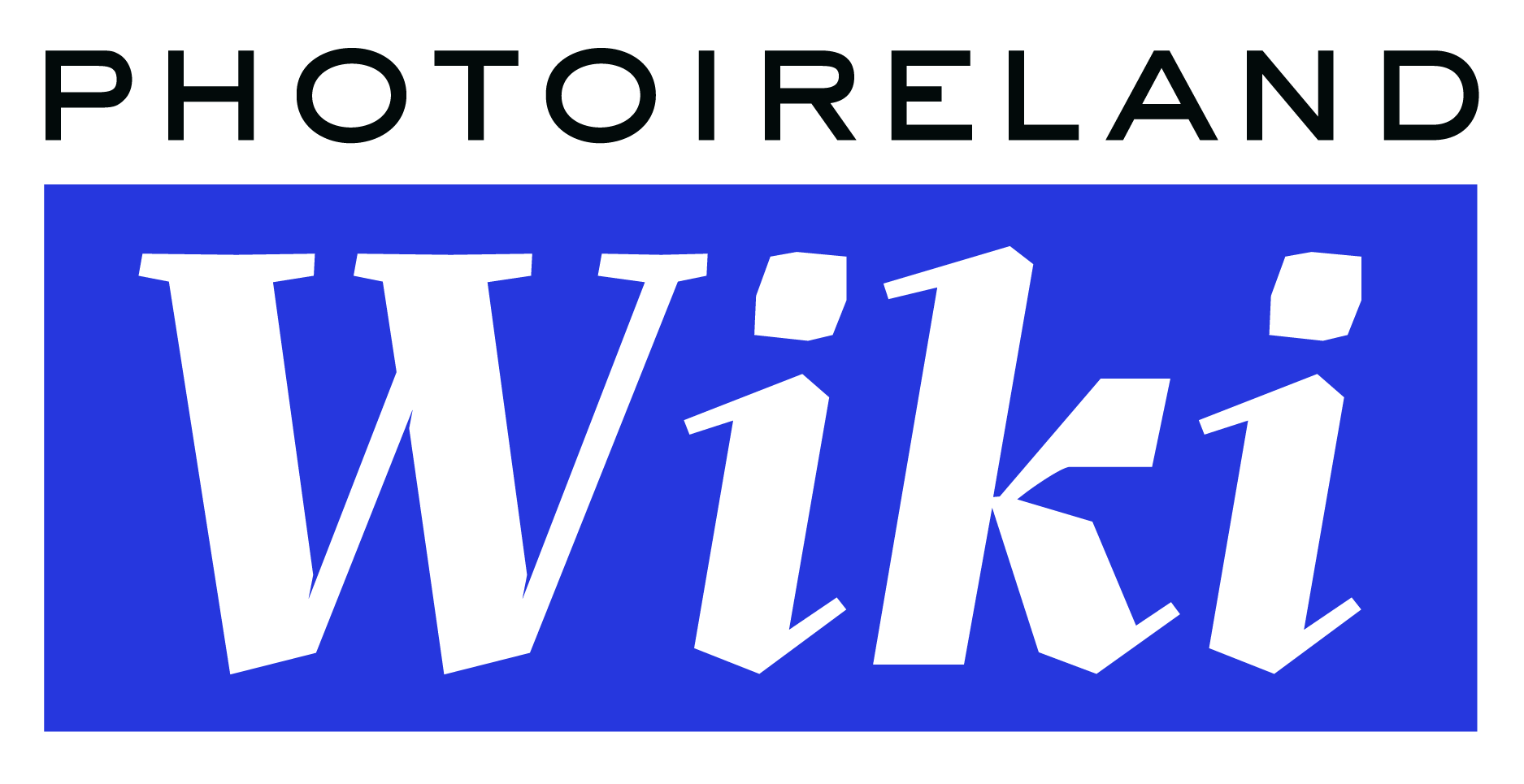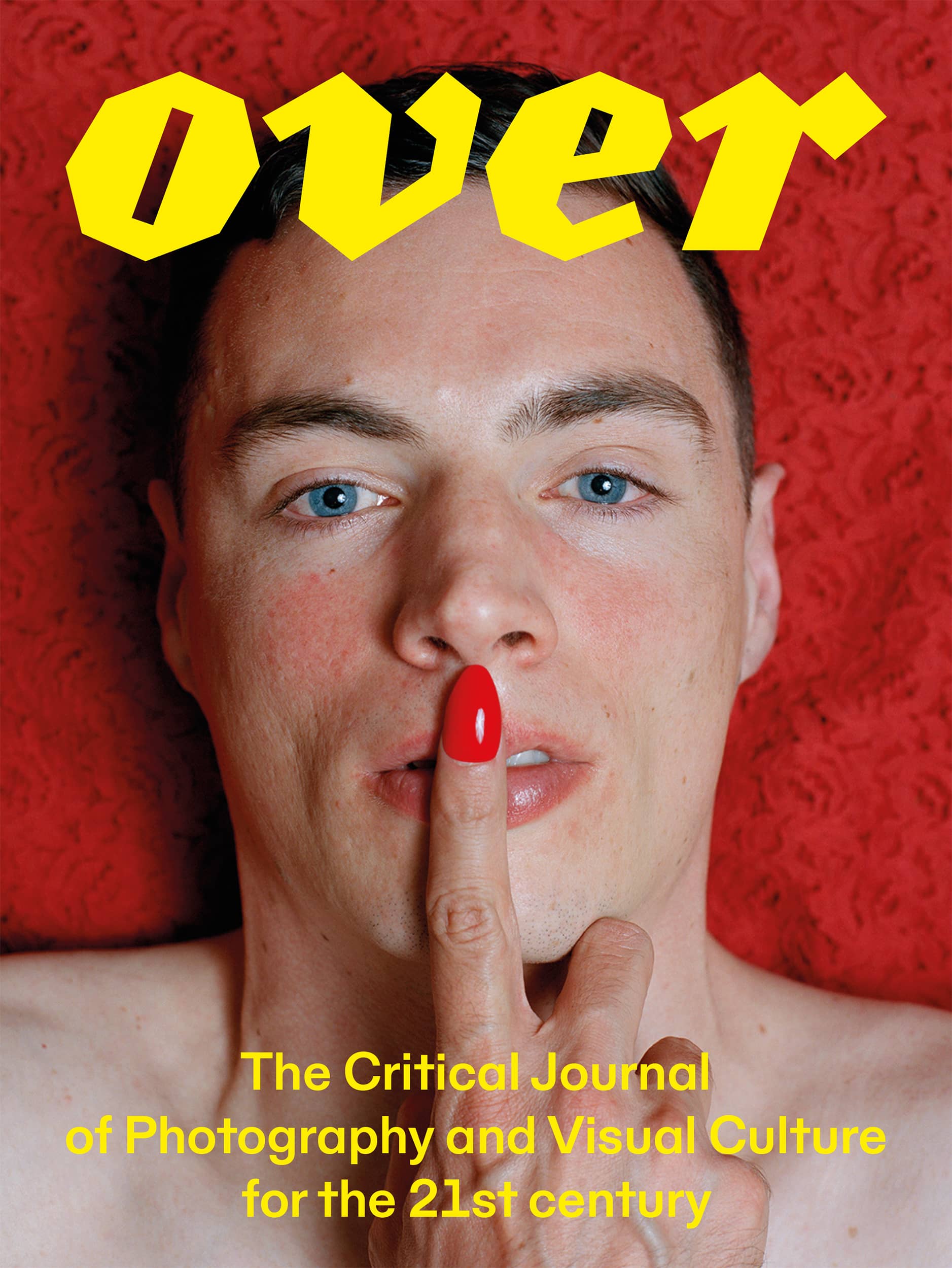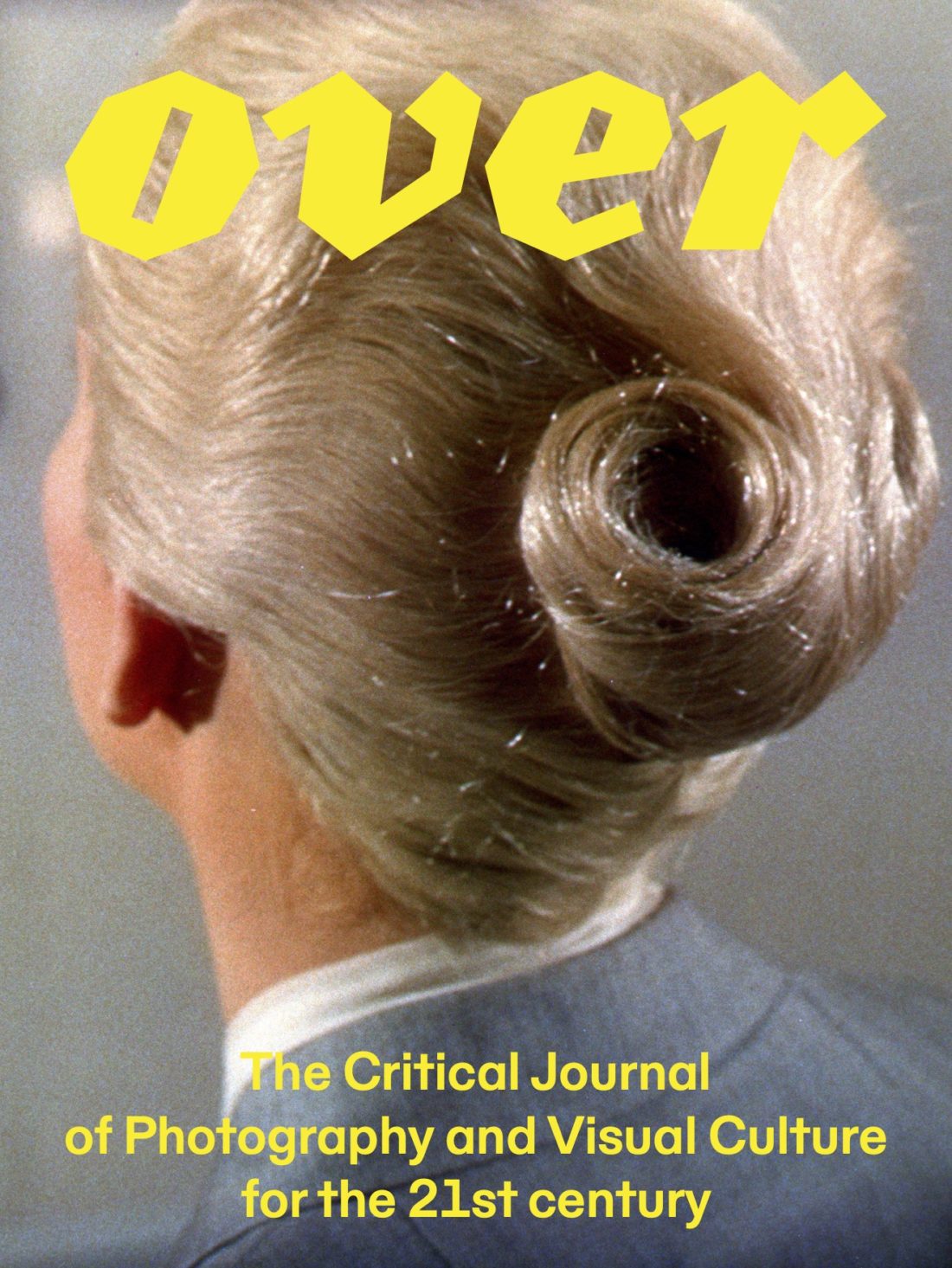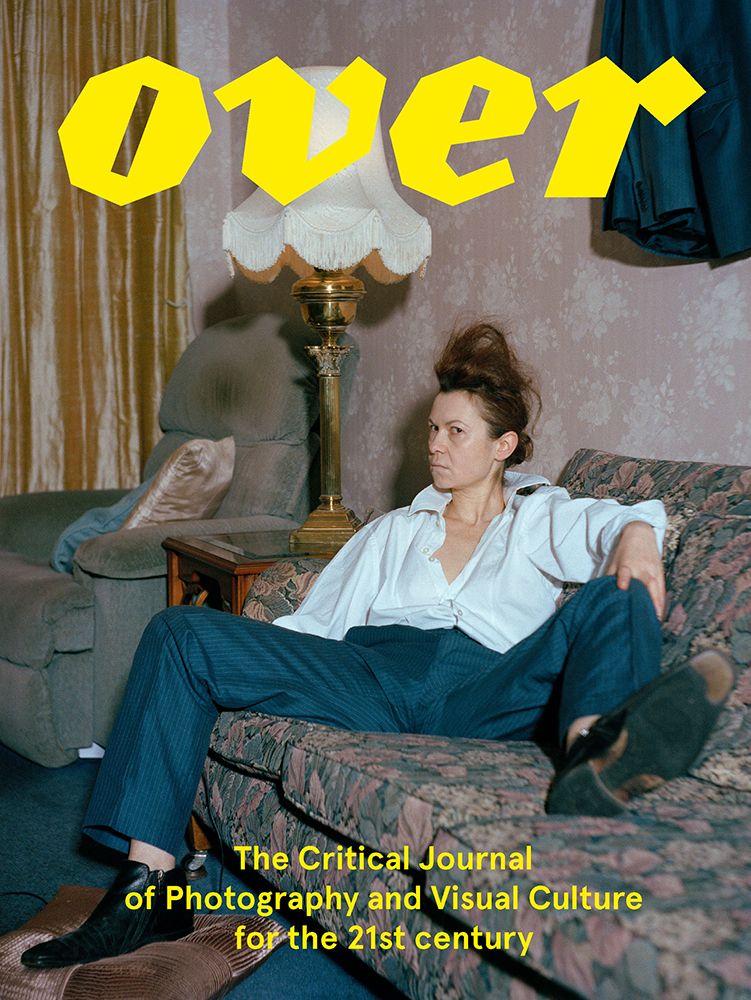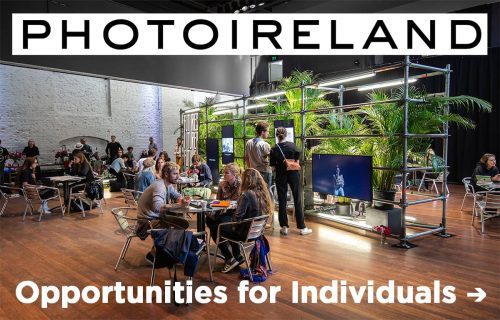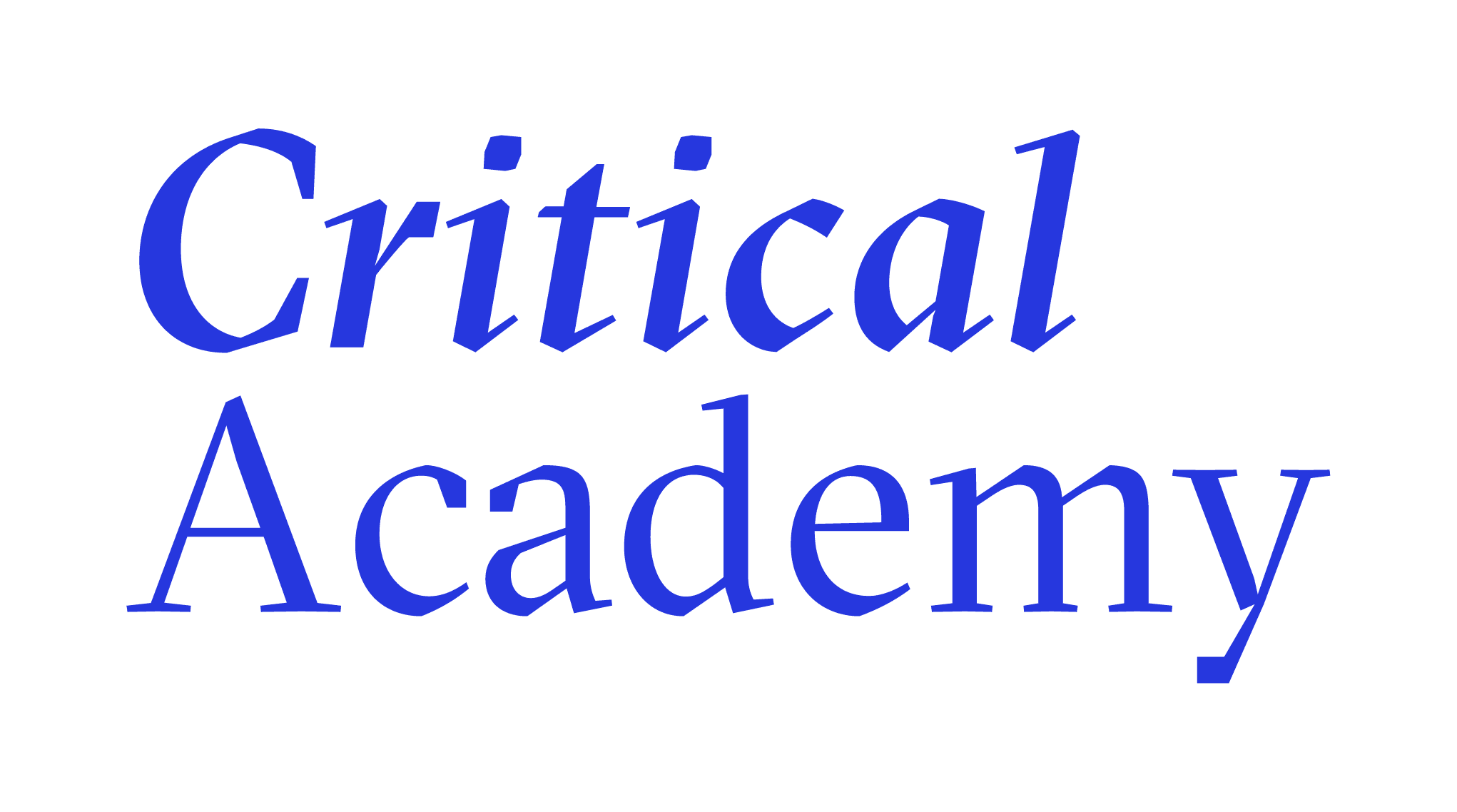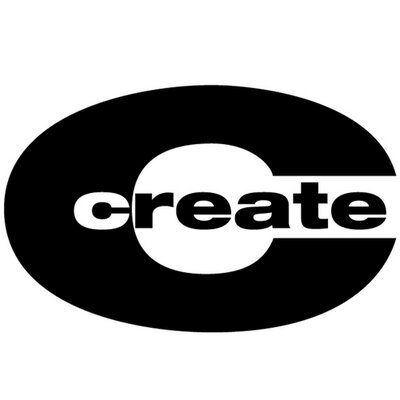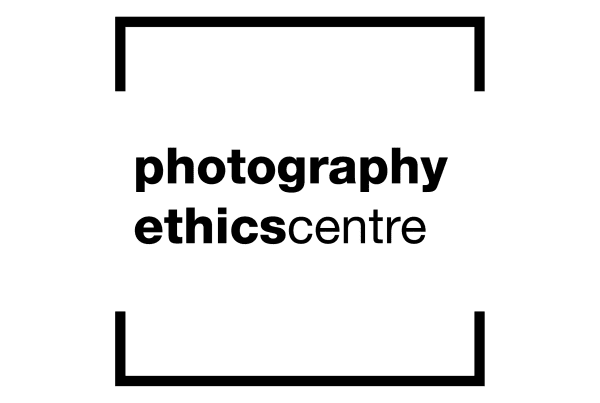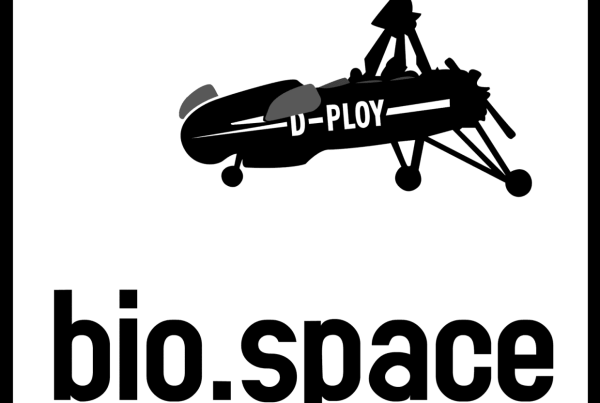
This page is under construction. If you wish to add information to it, read the instructions here.
Publications
Selected photography books by organisation
- Volume 1 Issue 1 2002
Photo essay: Exploring Identity, by Trish Lambe, with Gallery of Photography and Source Magazine, Pg. 24 – 30.
“The main aim was to get the young people to express themselves…we didn’t want to impose a specific political agenda [but] to express their own identities – their concerns hence the [project’s] name”Photo essay: City Life, Country Life, by Trish Lambe, with Gallery of Photography and Source Magazine, Pg. 34 – 41.
“The project was initiated by The Gallery of Photography, Dublin & The Photographers Gallery, London, and undertaken by photographer Anthony Haughey, who has lived and worked in both Kerry & Dublin. The participants used a traditional darkroom method of working with black & white images, and the results are classic interpretations of city and rural life” - Volume 2 Issue 1 2003
Photo essay: Bogfire – The Lough Boora Sculpture Symposium, by James Fraher, Pg. 49 – 56.
“The Lough Boora Parklands and Sculpture Symposium is an innovative approach to the interpretation and development of the cutaway bogs in West Offaly. The symposium brought together a team of 4 lrish and 2 international artists to create a series of land and environmental art using the natural materials within the landscape” - Volume 2 Issue 2 2003
Photo essay: Roscommon Haikus, by Etain O’Carroll, photographer in residence for County Roscommon, Pg. 41 – 47.
“The idea for the programme started not long after I took the position here late in 2000. The Moylurg Writers had recently produced a book of haikus (one of which features in this series). I had recently been to Thailand where at a forest in a Buddhist monastery I saw a series of haikus or one liner ‘wiseries’ hanging from branches of various trees accompanied with a piece of mirror hanging alongside – either to attract you to the next one or to take a long hard look at yourself” - Volume 2 Issue 3 2003
Photo essay: The Landing, by Mary Kelly, Pg. 41 – 47
“I was struck by the rooms I passed and the word tabernacle came to mind. Each person’s arrangement of their cell was unique while the institution maintained its presence overall. Life is made possible by the small domestic rituals which bear the essence of the notion of home: the washing and folding of clothes, the lining up of shoes, the cleaning and organizing of space” - Volume 2 Issue 4 2003
Photo Essay: Emigrants, by Gwen Wilkinson, Pg. 30 – 47.
“In August of this year I had the opportunity to journey to Poland and document, through photographs, a ten day theatre workshop with members of Youth Theatre Tipperary (YTT) and members of Polish youth theatres. The venture came about through the collaboration of YTT and a Polish organisation, The Association of Creative Initiatives (ACI). Leargas, who actively encouraged cultural exchange, provided additional assistance. The theme of the workshop was Polish and Irish experiences of emigration. Workshop sessions included interviews with local villagers, discussions and rehearsals, culminating in the production of a play, Emigrants” - Volume 3 Issue 1 2004
Photo file: Turn In, Martina Mullaney, at Gallery of Photography, Pg. 28 – 37.
Photographer Martina Mullaney is currently exhibiting Turn In, a collaborative project with homeless people in Ireland and Wales, at Dublin’s Gallery of Photography. In conversation with Izzy K., she talks about meals, beds, streets, tents…and camerasPhoto essay: The Field of Conflict, by Maeve MacElligott, Pg. 45 – 47.
“I have been recording graffiti, in London and Ireland, since 2001. Personal sentiments scrawled on toilet doors and political beliefs etched on street posters show how graffiti releases reactions, feelings of boredom, confusion, helplessness and hostility in modern society. I look for what is generally manifested only in fleeting attitudes, private fears and cryptic gestures, finding visual indicators of what is usually kept private and out of sight” - Volume 3 Issue 2 2004
Photo essay: Camera-derie in a Russian orphanage, by Christopher Harrington, Pg. 50 – 61.
“My current photographic work in the Liberties area of Dublin will complete a triptych of projects in select regions of three cities: St. Petersburg, Paris, Dublin. Since my “material” is people and place, the process of becoming a welcome witness in various contexts is critical to my art”Photo file: Twisted Sign, by Josh Pulman, at Brighton Deaf Centre, Pg. 71 – 73.
“A hearing photographer, held an exhibition as part of the Brighton Photo Fringe, UK. The exhibition, which was a collaboration between himself and members of the Deaf community, sought to explain the similarities and differences in the way that we all use our hands to communicate. The photos were displayed within a circular black temporary room inside the Deaf centre and it met with instant approval from Deaf people in Brighton” - Volume 3 Issue 3 2004
Photo essay: Home, by Mark Garry, with Rhona Byrne and Ballymun Pigeon Club, Pg. 65 – 74.
“Within any regeneration process there is a justifiable tendency for planning frameworks to isolate the problematic and negative characteristics of an area or existing community, so that one can attempt to determine their causes and set in place provisions to counteract, or at least minimise, the possibility of problems arising in the future. In this ideology, there is the possibility that certain subtle, positive characteristics of the existing community are not prioritised, and yet it is vital that affirmative communal activities which have thrived and are deep-rooted within a community are recognized and protected within a process of regeneration” - Volume 3 Issue 4 2004
No photo essay/file/articles - Volume 4 Issue 1 2005
Interview: Taking Pictures, Alan O’Connor (photographer), talks to Gemma Tipton about photographs, politics and propaganda, Pg 24 – 39.
“A gallery and a magazine don’t occupy fundamentalist positions, you can make work for both. Sometimes people will look as deeply at an image in a magazine as they will in a gallery, and vice versa. You do tend to have more control over how your work is seen in a gallery. While you can’t decide who comes in any more than you can select who buys a newspaper, a gallery won’t, for example, insert advertisements alongside your work. Traditionally photographers would have fallen into either camp, it was very much an ‘either/or’ position, but there has been a change in the way photographers sell pictures, and that is changing how people see the work and how they view it” - Volume 4 Issue 2 2005
Article: Photography is Art, on Christopher Harrington, American photographer based in Dublin, by Vox Pop, Pg. 19 – 21.
“How does a photographer approach his subjects and his viewing audience? I call myself, unabashedly, an artist. I work to make aesthetically appealing individual photographs that build thematic momentum when viewed together. My intent is to record moments when personal, local, and global ideas and ideals converge. This is the hardest thing I know to do; and, perhaps unfortunately, it is the most natural thing I know to do. The short biography of one of my projects runs something like this”Book review: Caught on Camera, by Gerry Kelly with Dublin Docklands Authority, Pg. 79 – 80
“Caught on Camera is a hard-back book of one hundred photographs of Dublin Docklands, taken by local school children. The book is a distillation of 1,200 photographs, which made up a travelling exhibition visiting venues throughout the Docklands area last year. The photographs, taken on what we’re told (in small print) are ‘single-use cameras’, create a social document of the area at a particular time. The immediate question that springs to mind is: can ‘disposable’ cameras make lasting pictures? And to the project’s credit, the simple answer is: yes. The photographs contain images of public art juxtaposed against commercial architecture, street scenes, portraits, ‘gag’ shots, and a good deal of life as it happens: schoolchildren on their way to school, mothers pushing prams, children bathing, that kind of thing”Book review: Everyday Lives, by Megan Johnston and Martelle McParland, with Millenium Courts Art Centre, Pg 81 – 83.
“As for Everyday Lives: A Collection of Voices, there Young writers from Tannaghmore PS in Lurgan at tI for Everyday Lives, at Millennium Court Arts Centre was much more justification for the project. There’s ‘Peace’ money involved for one. Unfortunately, the book has the feel of a school year book. In this case it is a cross-cultural school year book. In the introduction we’re told that ‘according to Craigavon Local Strategy Partnership there is little cohesion among the sector in the Borough’. The notion of bringing children Everyday from different back-grounds together to ‘share’ experiences and explore new ways of expressing those experiences is a good idea”
